DIY Plumbing Fixes: Solving Common Problems In Your Home
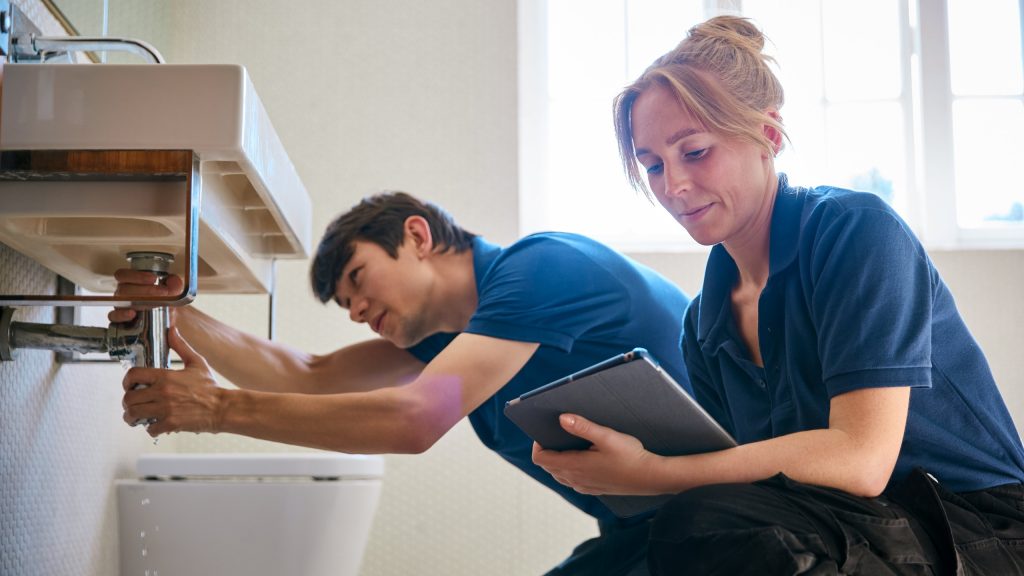
Even the most basic plumbing problems may seriously interfere with everyday living. Though seemingly small, a running toilet, a blocked drain, or a leaky faucet might aggravate and exacerbate matters. Many homes deal with these typical plumbing issues, but most of them ignore them as they think professional assistance is the only way forward. Many simple plumbing problems, however, may be fixed quickly and simply without calling for a plumber.
Learning basic do-it-yourself plumbing techniques has many of advantages. Along with saving time, it saves money usually used for service calls. Once homeowners know a few basic repairs, they may take charge of their surroundings and have a better daily schedule. Accepting these abilities will help one become more confident and self-sufficient in handling domestic chores. Readers of this post will learn doable techniques to properly and quickly handle typical plumbing issues.
Fixing a Leaky Faucet
Often worn-out washers or O-rings are the source of faucet leaks. Over time, constant water and mineral exposure causes these components to breakdown, therefore lowering elasticity and efficiency. When washers or O-rings fail, they create holes enabling water to seep out and produce noticeable drips or leaks?
Correcting the problem requires attending to the defective parts. Initially off the water supply to the faucet. Next take apart the faucet by unscrewing any retaining screws and removing the handle. Careful pulling up the stem or cartridge shows the O-ring or washer. Look for wear indications include cracks or stiffness. Should damage develop, replace it with a washer the same size or an O-ring.
Once the replacement component is put in place, reverse the disassembly processes to reassemble the faucet. Change the water supply last-minute and search for leaks. This little change might stop faucet leaks and provide proper functioning.
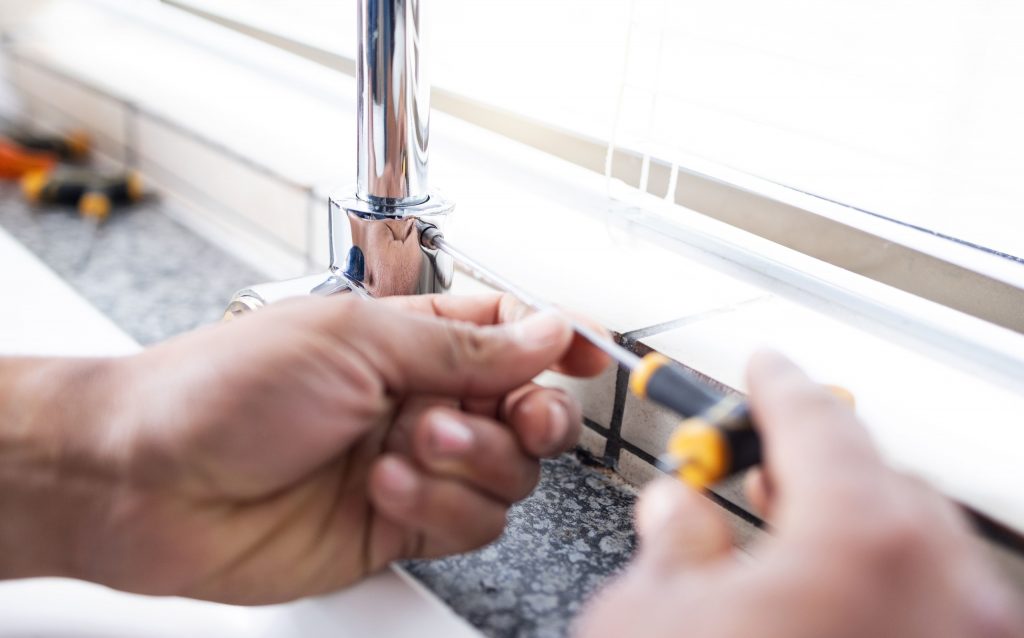
Unclogging a Slow Drain
Common culprits include general garbage collection, hair, soap scum, and overall slowness of the drain might result from Hair accumulates in bathroom sink and shower drainers over time to cause ongoing clogs. Additionally building a thick covering that restricts water flow is soap scum, a residue left over soap and body products. Moreover blocking the drain might be food fragments, dirt, debris, and other objects.
One might solve a sluggish drain by many ways. Usually found in most houses, a plunger will fast remove minor jams. For somewhat difficult blockages, a drain snake is a useful tool that can reach farther into the pipes to remove waste.
Creating a homemade vinegar and baking soda solution is also very beneficial. Down the drain, pour half a cup of baking soda; then, equal amount of vinegar. This mix creates foamy action that could help break down obstacles. Once the mixture settles for around half an hour, flush the drain with hot water to ensure a clear passage.
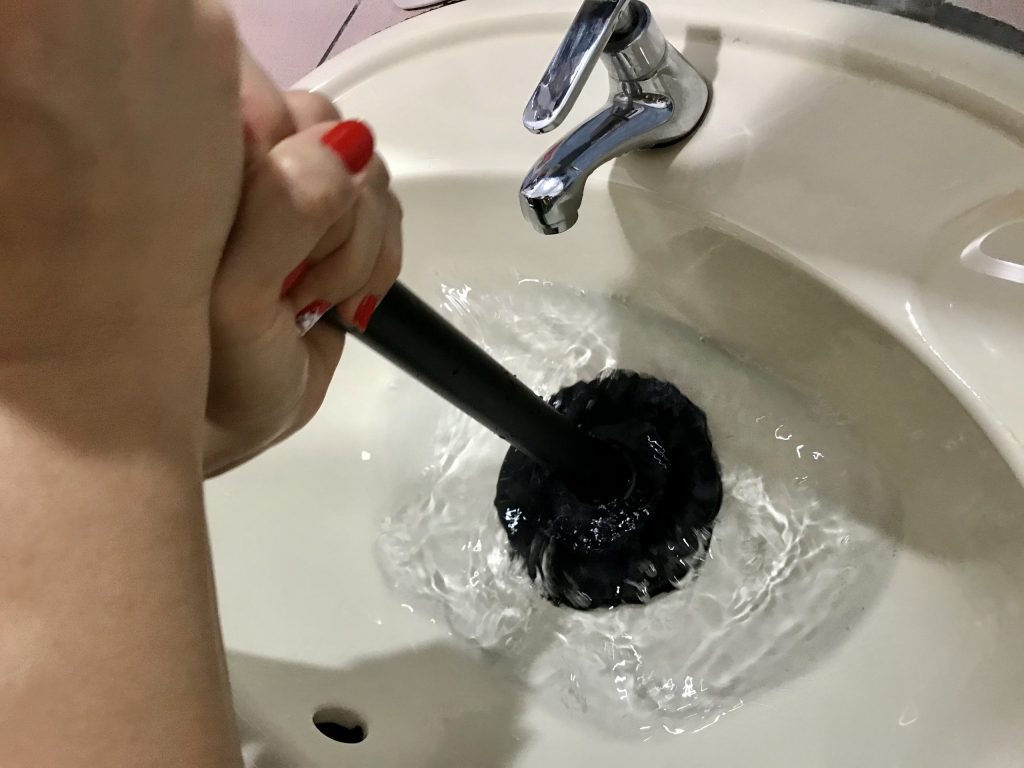
Stopping a Running Toilet
Usually resulting from a broken flapper or fill valve, a constantly running toilet is Tucked down at the bottom of the tank, the flapper controls water coming into the bowl. Should it be worn out or fail to seal enough, water leaks from the tank, setting off continuous fill valve operation.
In case of a malfunctioning flapper, turn off the water supply to the tank and empty the toilet. Look for flapper wear or alignment. If it looks damaged or does not create a tight seal, replace it by detaching the old flapper from the chain and following directions in installing a new one.
Looking at the functionality of the fill valve can enable you to find the issue. Should it remain open after the tank fills, it can call for repair or adjustment. To adjust, softly elevate the float arm searching for it. Should this not solve the issue, stop the water supply, replace the old valve with a new one.
Applying these rules will help to stop the running toilet, therefore conserving water and reducing operating expenses.
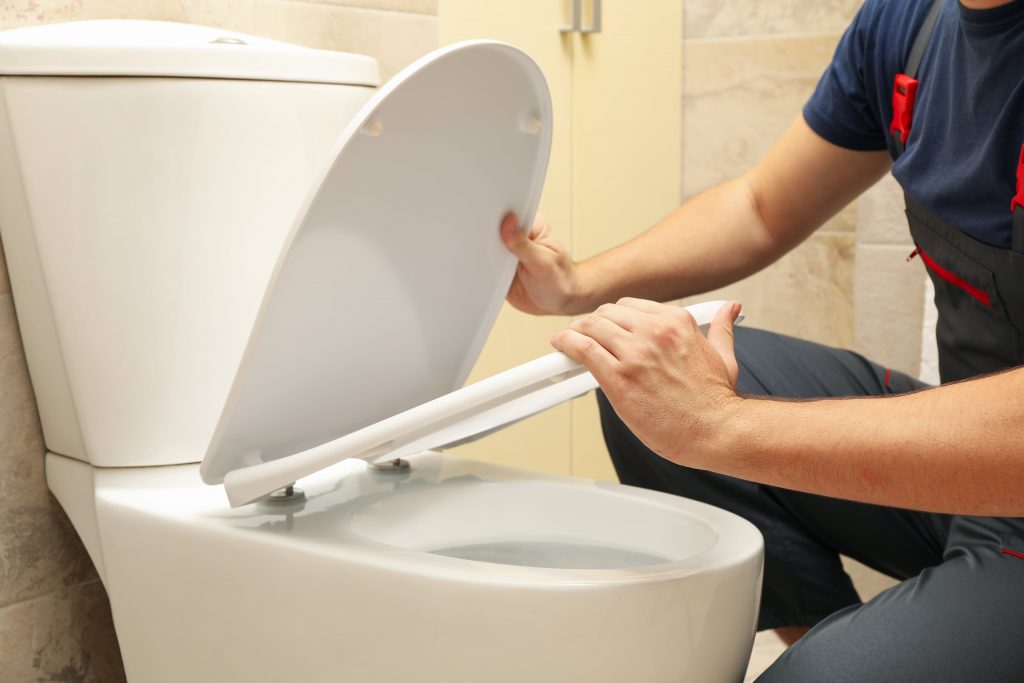
Fixing Low Water Pressure
Low water pressure may result from a number of problems including partly closed valves, mineral build-up, or plumbing system silt. Reduced flow to showerheads and faucets may follow from these elements.
First of importance in addressing low water pressure is checking the showerheads and faucet aerators. Over time, mineral deposits may build and block water movement. Unscrew the aerator or showerhead, soak it in a vinegar solution for at least an hour, then scrub with an old toothbrush before reassembling.
Check also if the water supply valves are completely open. Valves that are partially closed may greatly limit water flow. Look at the main shut-off valve as well as the particular supply valves for fittings.
Check the water supply pipe last to look for leaks or clogs. Should dirt have gathered in the pipes, flushing the system or consulting a plumber might be required. Regular maintenance guarantees best water pressure all over the house and helps to avoid future problems.
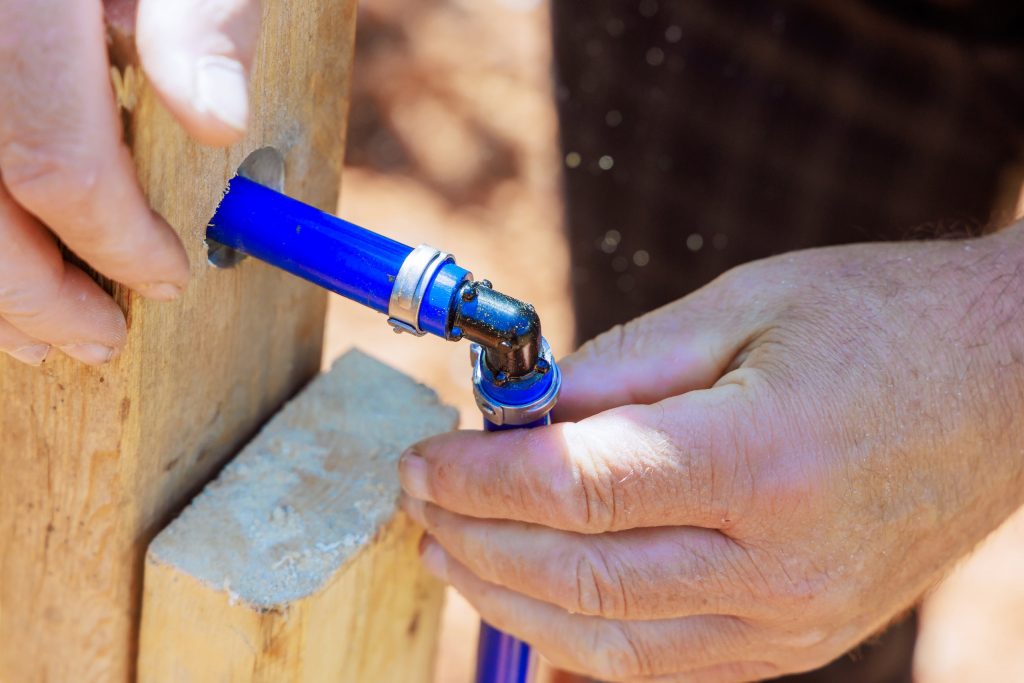
Sealing Pipe Leaks Temporarily
Plumber’s tape or epoxy putty can let you temporarily patch small pipe leaks. Sealing threaded connections may be accomplished using plumber’s tape, often called Teflon tape. Use it by making sure the region is dry, clockwise wrapping the tape around the threads, then reassemble the components. This produces a tight seal that can stop leaks until a specialist can provide a permanent fix.
Epoxy putty is a good choice for body of pipe leaks. First, give the surrounding leak area great cleaning. Then work the two-part putty till it turns out consistently in hue. Apply it to the leak, then press strongly covering more area than the leak itself. Apply the putty cure suggested by the manufacturer. This minor fix might temporarily cease leakage.
Still, it is important to underline that these repairs are just temporary. More major leaks or permanent repairs call for a qualified plumber. Fast solutions should not substitute appropriate repair methods even if they could assist with pressing problems.
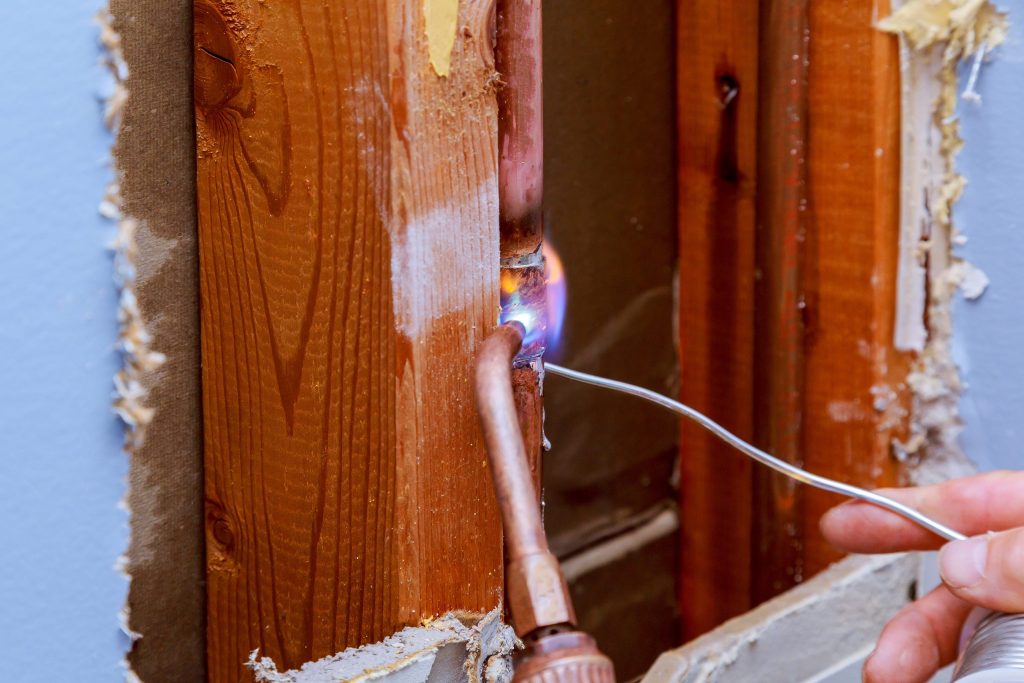
Conclusion
Finally, basic do-it-yourself plumbing fixes provide a quick approach to solve typical problems such running toilets, blocked drains, and leaking faucets, thereby enabling homeowners to take control of their upkeep. Learning fundamental skills like utilizing a plunger for clogs or a wrench for tightening loose fittings can help people save time and money and boost their confidence in their handyman ability. Dealing with these little fixes not only makes one feel successful but also helps stop little problems from becoming expensive ones. Anyone can quickly fix plumbing issues with a few easily accessible equipment and the will to learn, therefore changing their attitude to home maintenance. Accepting these doable chores motivates homeowners to be proactive and creative, therefore maintaining the best condition of their living environments.






